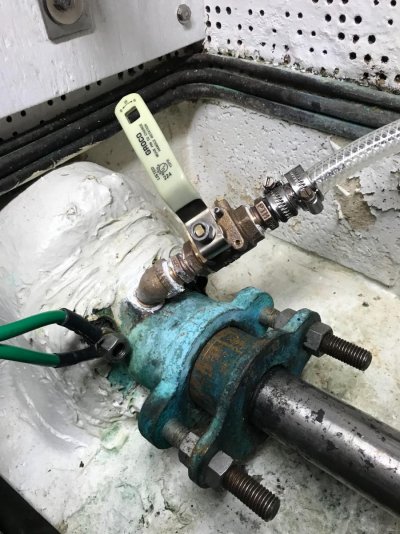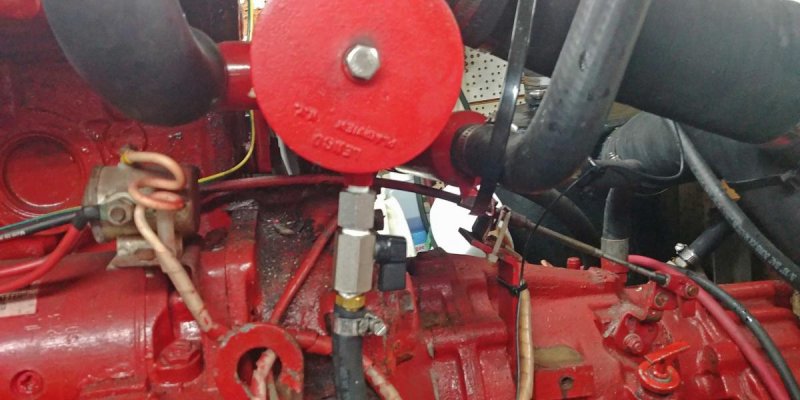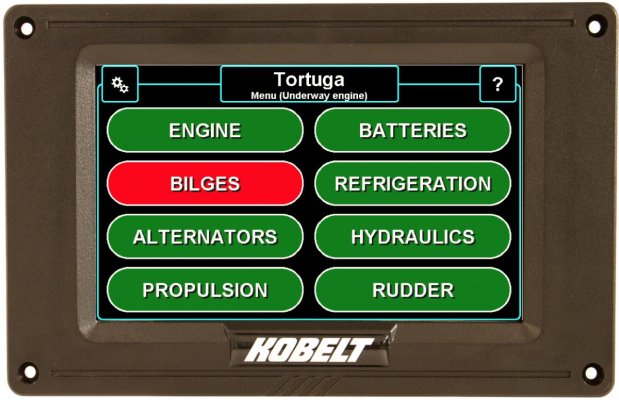Oil Gypsy
Veteran Member
- Joined
- Sep 25, 2019
- Messages
- 55
- Location
- Canada
- Vessel Name
- Dauntless
- Vessel Make
- Grand Banks 36 Classic #248
Lepke,
Im afraid derogatory comments can sometimes reflect on the person who makes them, it doesn't say anything about mechanics in Ladysmith, at the time of the failure the boat was in Everett, WA. In fact I cant see how where they are from matters, they were just trying to help.....
Im afraid derogatory comments can sometimes reflect on the person who makes them, it doesn't say anything about mechanics in Ladysmith, at the time of the failure the boat was in Everett, WA. In fact I cant see how where they are from matters, they were just trying to help.....



